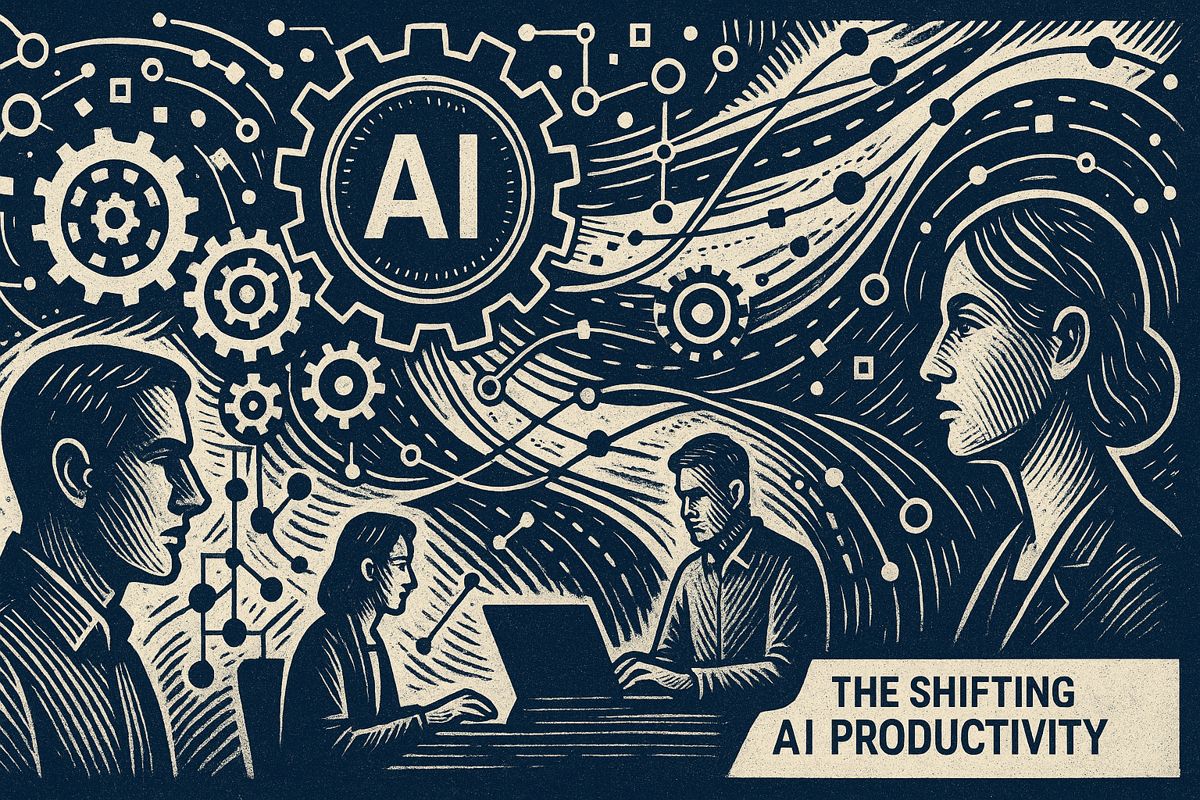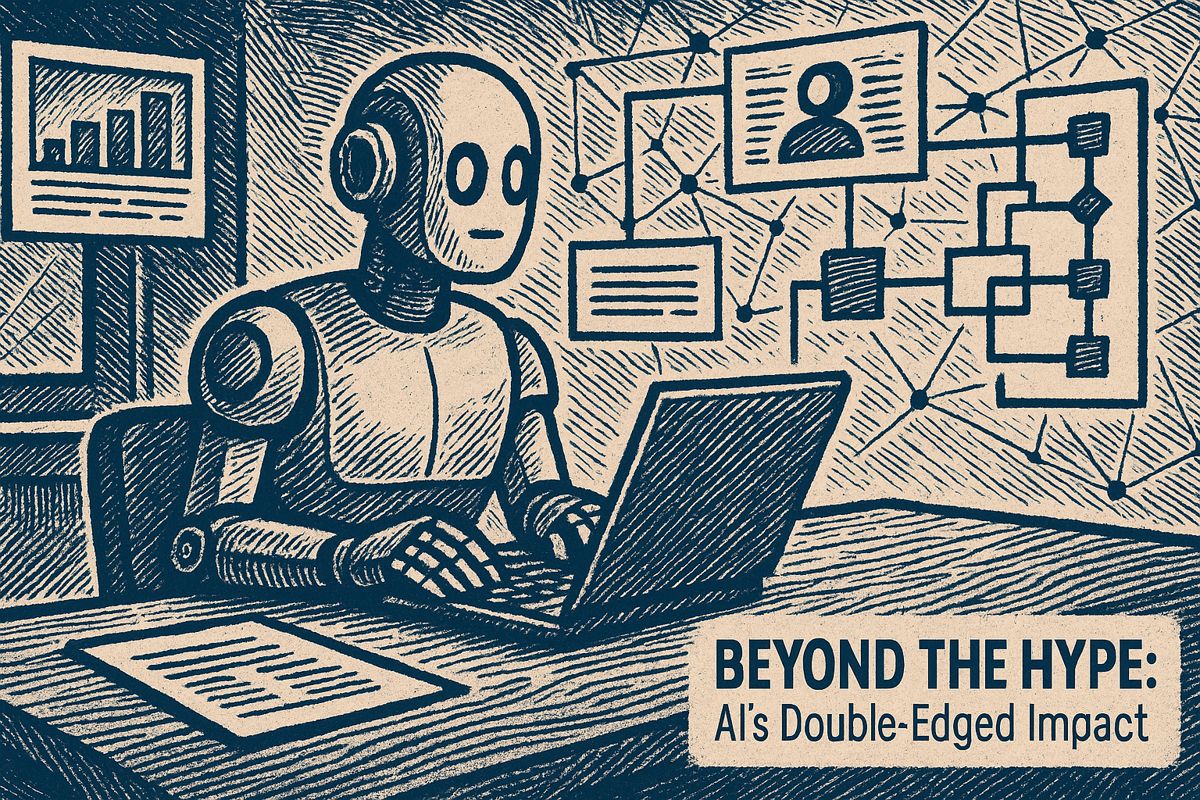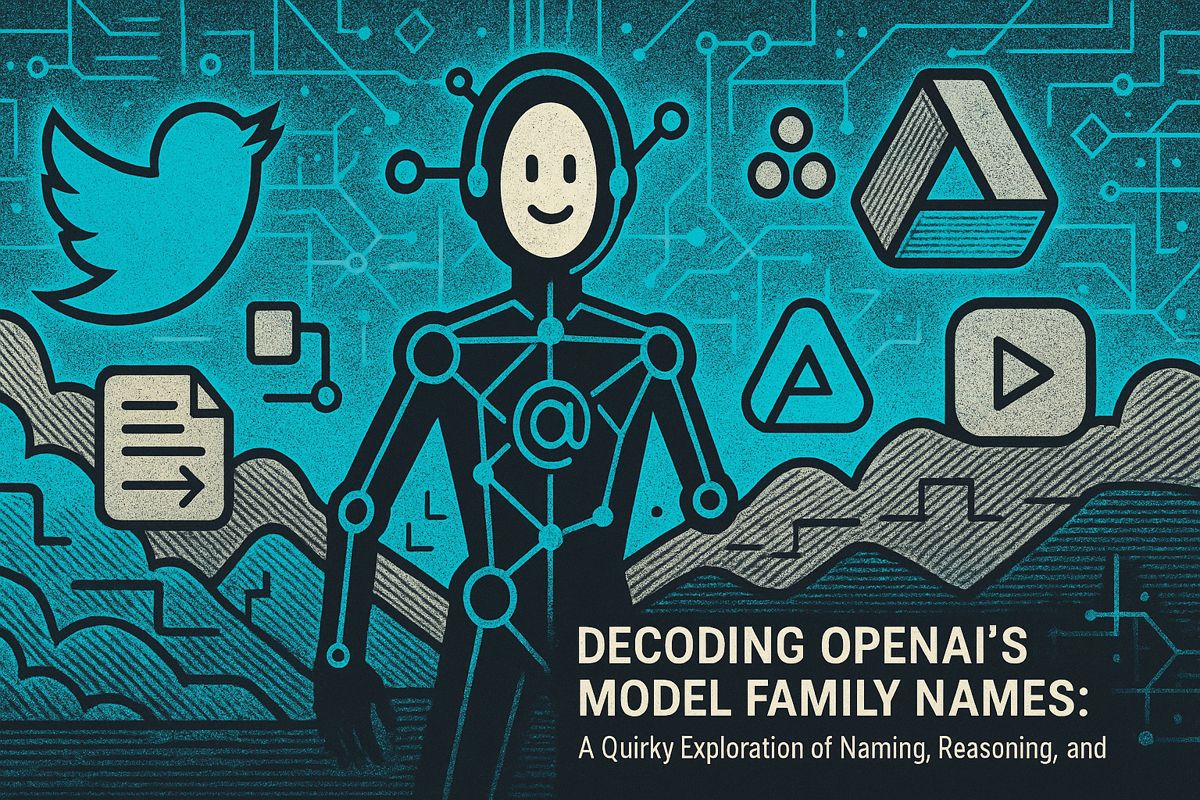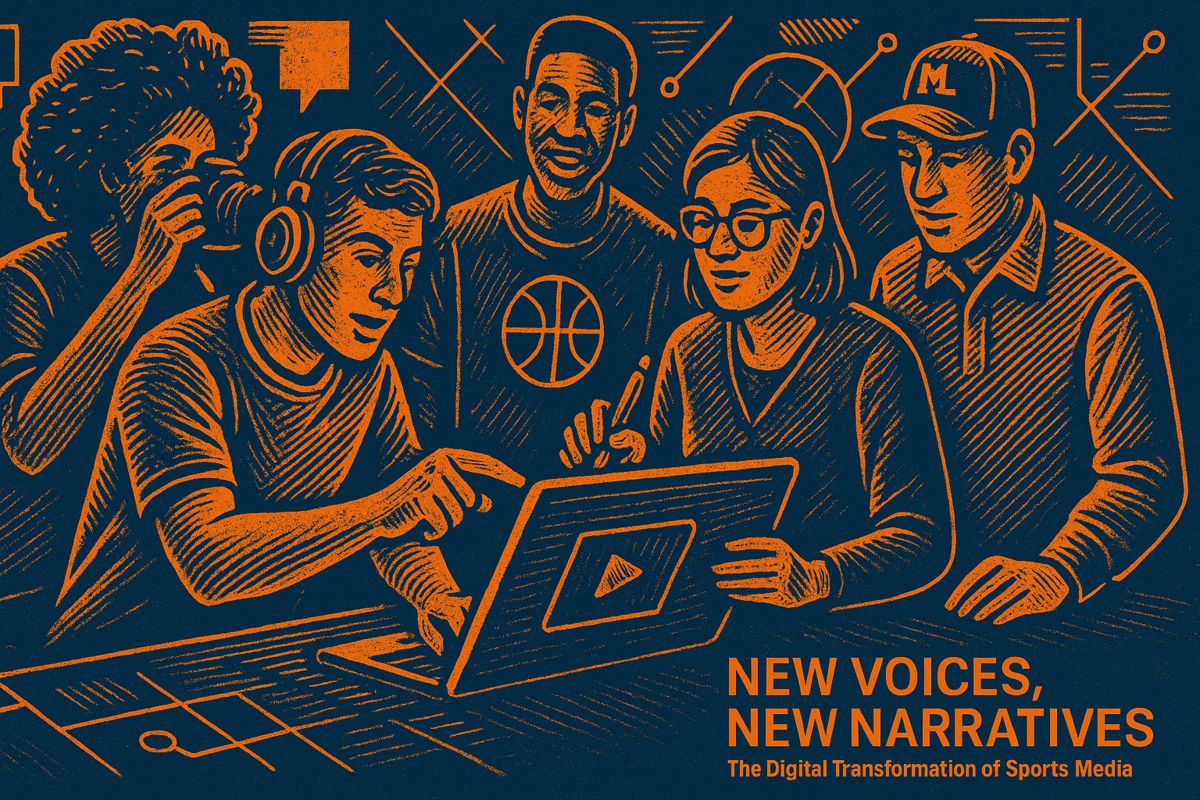AI promises big efficiency gains, but real-world productivity improvements are modest. Workers spend tons of time crafting prompts and checking AI outputs, which eats up potential time savings. Teams discover that individual task speed-ups don’t automatically translate to massive workplace transformation. The reality is a messy, complex process of constant adjustment and human-machine collaboration. Despite exciting potential, AI productivity gains are more gradual and nuanced than early predictions suggested.
How Much Productivity Can AI Really Deliver?
AI offers significant task-level efficiency gains, but organizations typically see only modest overall productivity improvements. Key challenges include:
- Prompt engineering requires substantial time
- Output validation is critical
- Maintenance and system tuning demand ongoing attention
- Actual team velocity rarely matches initial expectations
First Impressions, Second Thoughts
At first glance, artificial intelligence arrives with the fanfare of a disruptor: think the arrival of the steam engine (or, for the cloud-native crowd, Kubernetes). Boardrooms buzz. Whitepapers sprout like mushrooms after rain—each forecasting quantum leaps in efficiency, the kind that would make Frederick Winslow Taylor weep with envy. Yet after my third macchiato and a marathon session with a particularly recalcitrant language model, I had to stop and ask myself: Are we really seeing the seismic productivity shifts that Gartner, IBM, and even Wired have been trumpeting since 2022?
The evidence, as catalogued in study 5baeceb5-505a-4112-8419-703c951016d6 (catchy, right?), is at once tantalizing and sobering. Sure, AI can devour repetitive tasks in minutes—summarizing reports, automating code snippets, even generating hyperspectral data visualizations (a personal bugbear of mine, until last year). But for every minute saved, there’s a new quantum of labor coalescing in the wings: more prompts to craft, more outputs to audit, more “AI drift” meetings to schedule. Ugh.
Sometimes, it feels as if we’re in a Kafkaesque palimpsest, rewriting the same memo with ever more elaborate tools, only to erase and start again. And if you’re picturing a seamless, frictionless workplace powered by OpenAI or Google’s Gemini, well—I’ve got a bridge in Vladivostok to sell you.
The Lure and Limitations of Speed
Let’s get granular. Individually, workers armed with ChatGPT, Claude, or even Microsoft Copilot can blitz through certain cognitive chores—ten-minute emails, three-minute code refactors, the works. I recall a project last February where my teammate used Claude to draft legal boilerplate in eight minutes flat. Cue applause. But did the overall team velocity skyrocket? Not exactly. The “liberated” time was quickly sucked up by, you guessed it, more meetings and endless side quests—oh, hello Slack thread number 327.
The 2024 Gartner survey spells it out in numbers: only 37% of traditional AI users, and a scant 34% of those dabbling in generative AI, reported significant productivity gains. The rest? Well, imagine being promised a bullet train and boarding a rickety commuter line instead.
Why the disconnect? It’s simple physics. Time saved on microtasks rarely aggregates into a macro-level productivity windfall. Like water in a leaky bucket, those minutes dribble away—absorbed by email, by context switching, by that one guy who always “has a quick question.” Organizations, it turns out, are less nimble than the shiny demo videos suggest.
The Unseen Labors: Prompting, Policing, Patching
Here’s where the plot thickens. For all its vaunted autonomy, AI doesn’t run itself. Someone—often the same supposed beneficiary of automation—must become a prompt whisperer, coaxing useful results from models with the finesse of a tea master adjusting steep times. I won’t soon forget the week I spent iterating prompts for a client’s marketing copy: after forty-seven attempts and a rising sense of existential dread, I got something passable. Bam! Relief. But also a realization—prompt engineering is its own Sisyphean endeavor, requiring both technical acuity and a certain taste for absurdity.
And then there’s output validation. Unlike a mechanical loom, a model can hallucinate—making up facts, muddling dates, or subtly skewing tone. (If you’ve ever smelled the acrid scent of a server room at 3 a.m., you know that digital errors can be almost physical in their wrongness.) The upshot? Every output must be scrutinized, especially in high-stakes sectors—finance, healthcare, or, dare I say, academia.
Finally, systems need constant tuning. AI models, like sourdough starters, are temperamental; they require updates, retraining, and integration with ever-shifting APIs. Maintenance may lack the glamour of innovation, but it’s the only thing standing between fluid operations and digital entropy.
The Cognitive Division of Labor, Redux
If the industrial revolution mechanized the body, AI is reconfiguring the mind. Our work migrates: away from pure production, toward orchestration, quality control, and what I’d call “semiotic triage”—interpreting, contextualizing, and patching AI-generated fragments into something coherent. Reminds me a bit of the Bauhaus blending art and function, or perhaps a jazz trio improvising around a stubborn chord. Is that too grandiose? Maybe. But the feeling fits.
What’s striking—and here comes my little confession—is that I used to underestimate just how much intellectual heavy lifting goes into managing these systems. I thought AI would take over the grunt work, leaving me free to contemplate strategy and sip single-origin coffee. Ha! Turns out, the grunt work just mutated; it got a new lexicon and a more caffeinated tempo.
Strategic oversight, ethical judgment, and edge-case management are now front and center. I’ve seen an entire team spend half a day debating whether a model’s “creative” summary crossed from cleverness into bias. The emotional texture of such debates? Somewhere between exasperation and grudging admiration. There’s beauty in the mess, if you squint.
It’s tempting—painfully so—to believe that every workplace can be retooled, overnight, for AI-driven nirvana. But the reality is messier, more iterative, and, dare I say, more interesting. Productivity gains at the task level don’t magically transmute into seamless organizational transformation; Ronald Coase wasn’t wrong about those stubborn transaction costs.
Measurement is its own labyrinth. Traditional KPIs—hours saved, widgets produced—can’t quite capture the qualitative shift: the rise of new workflows, the subtle recalibration of what “work” even means. Finance chiefs and IT managers would do well to focus on granular changes, to track not just output but the fresh layers of invisible labor that AI’s adoption conjures.
So, what do we call this era? Not a revolution, not exactly. More a slow, sprawling metamorphosis—a long, smoky jazz solo rather than a drumroll and cymbal crash. The true story of AI productivity is being written in the in-between moments: the triage, the tinkering, the quiet rediscovery of what only humans can do.
And if you’ll excuse me, I need another coffee before the next prompt breaks my brain…



















